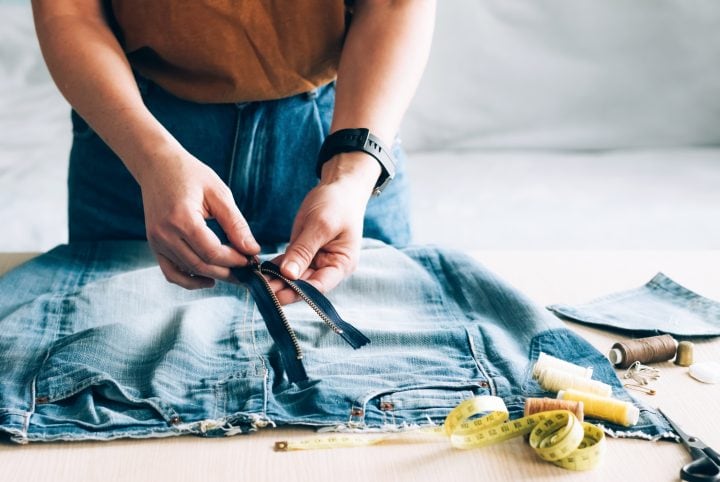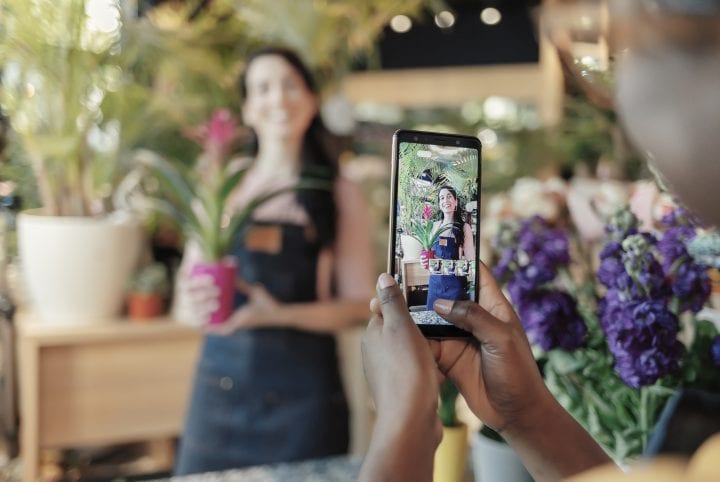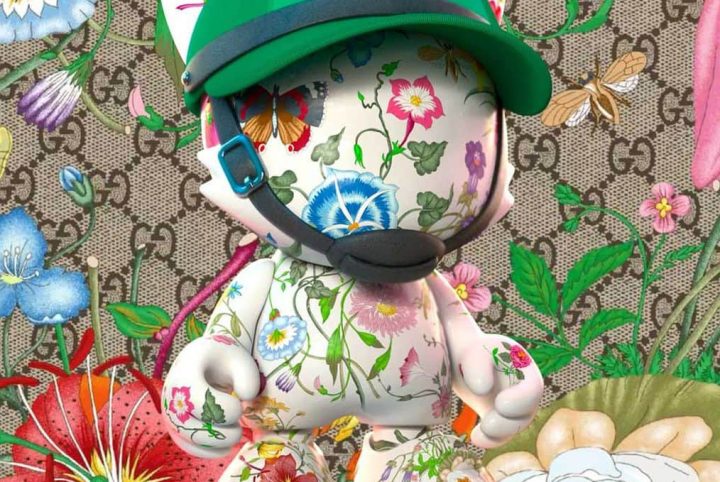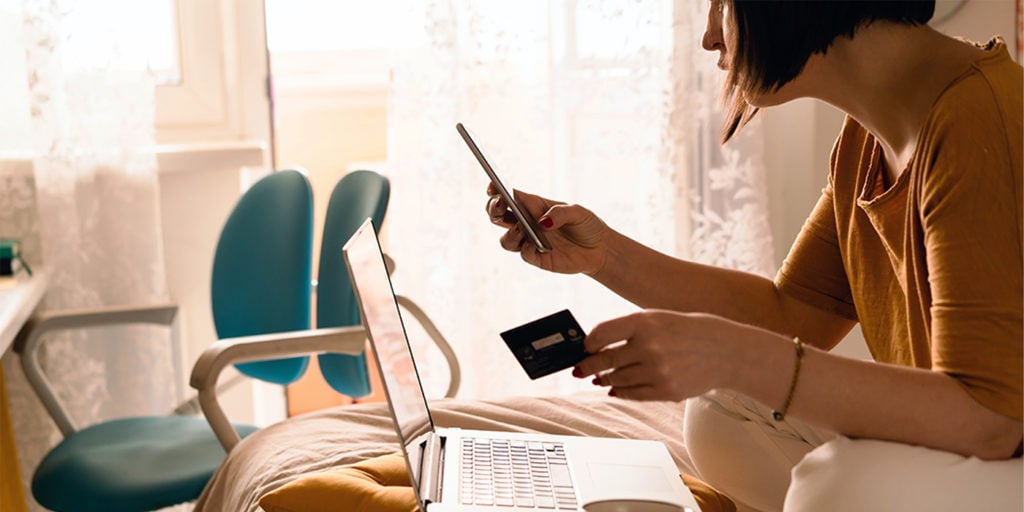
During the COVID-19 pandemic, Australians have shopped online to stop feeling lonely, or to stave off boredom and anxiety.
As the end of 2020 fast approaches, it is timely to reflect on the extraordinary year that it has been.
While the year commenced with wishes for a better retail year as the industry came off the back of several household names entering administration, nobody could have foreseen what lay ahead.
To understand the effect COVID-19 has had on the retail industry and Australian shoppers, Monash Business School’s Australian Consumer and Retail Studies (ACRS) has been conducting a monthly shopper pulse survey since September 2020.
The study reflects on Australian shoppers’ experiences throughout the year and investigates attitudes and behaviours towards retail.
The feel-good factor
The COVID-19 pandemic and consequential lockdowns and restrictions adversely affected the mental health of many Australians.
ACRS research shows that some people turned to ‘retail therapy’ during the COVID-19 pandemic, to help them ‘feel better’ during uncertain times.
Whether through browsing or purchasing, online or physical stores, more than two-thirds of shoppers (66 per cent+) consistently reported that they felt moderately to a great deal happy, in control and a level of normalcy while shopping for non-grocery retail products.
Over half of shoppers (55 per cent+) consistently reported that they did not feel lonely, stressed or bored while shopping for non-grocery retail products.
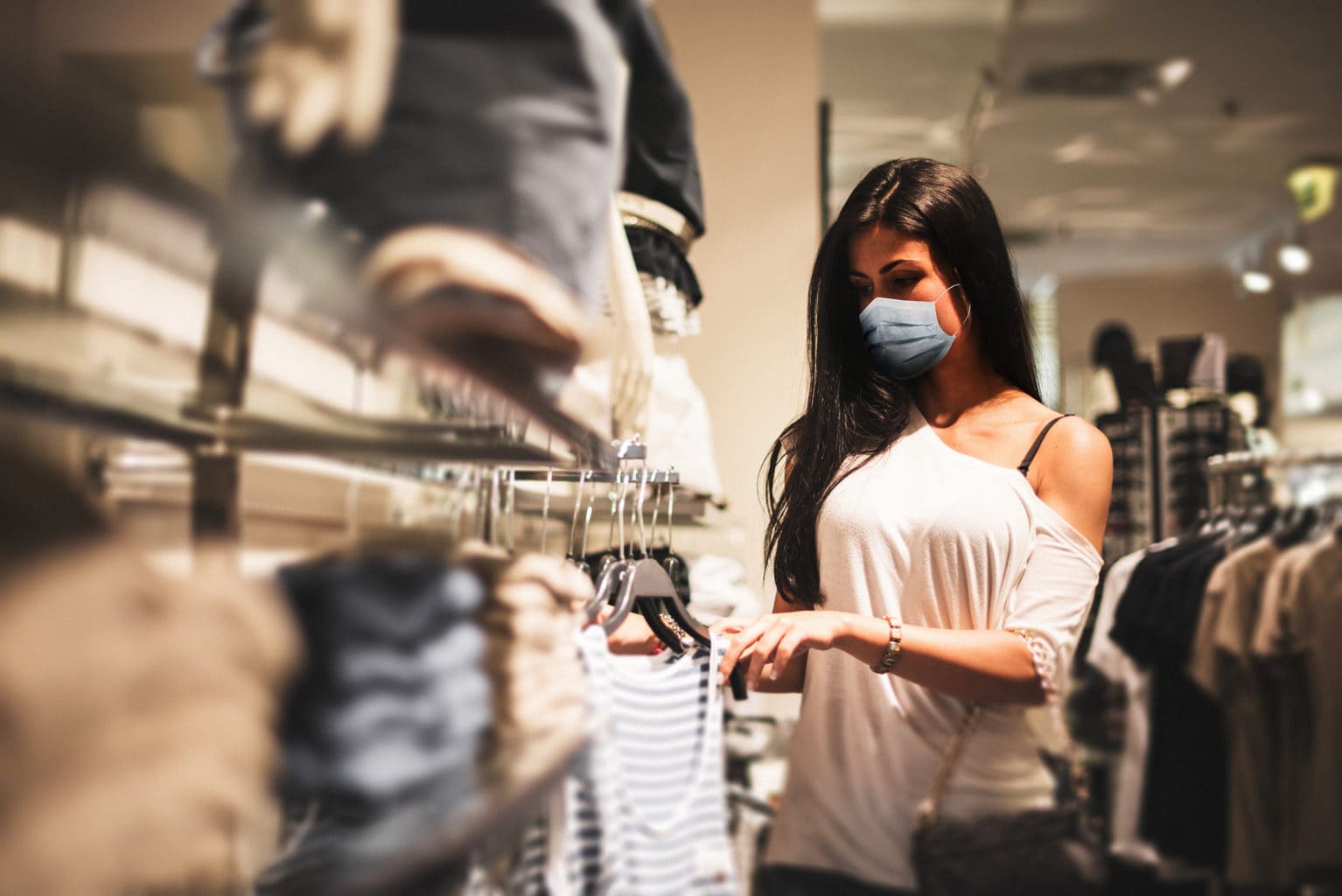
ACRS research shows that some people turned to ‘retail therapy’ during the COVID-19 pandemic, to help them ‘feel better’ during uncertain times.
What shoppers purchased
In 2020 the top three categories for non-grocery retail purchases were: clothing, footwear, and accessories (59 per cent); household (e.g. homeware, hardware) (45 per cent) and personal care (e.g. cosmetics, baby care) (37 per cent).
A higher proportion of females made purchases in clothing, footwear, and accessories (70 per cent v 48 per cent males) and personal care (48 per cent vs. 25 per cent males).
Shoppers also purchased these products most frequently compared to other categories with over half of shoppers (55 per cent+) purchasing these goods at least monthly.
People also stocked up or made out-of-the-ordinary purchases of certain products because of the COVID-19 pandemic.
Primarily we stocked up on groceries and related products such as canned goods and soups (15 per cent); toilet paper, paper towels and tissues (14 per cent); pasta, noodles, grains and sides (13 per cent); cleaning supplies (e.g. laundry detergent, dishwashing) (12 per cent); and frozen foods (11 per cent); as well as personal care products such as soaps, sanitisers and general hygiene (10 per cent).
The rush to stock up
Those surveyed said they rushed to the shops to stock up on these goods because they wanted to ensure their family/household was taken care of, they expected disruptions to supply chains, and they expected to spend more time at home and wanted appropriate products.
Similarly, Australians also made a number of out-of-the-ordinary purchases across product categories because of COVID-19.
Shoppers purchased clothing – casual/ loungewear (12 per cent) and sports clothing and shoes (8 per cent); personal care goods such as face and body (9 per cent); haircare (7 per cent); as well as household goods such as cooking, baking, and drinking appliances and products (e.g. rice cooker, coffee maker, bread maker) (7 per cent, 6 per cent, and 6 per cent respectively).
Also popular were consumer electronics such as laptops and tablets (7 per cent); smartphones (6 per cent); media and entertainment such as subscriptions to online movies and TV platforms (Netflix, Disney, Stan) (8 per cent).
Sporting goods and equipment such as small and portable gym equipment (weights, exercise balls) (5 per cent) and general sports equipment, for example, balls, bats, clubs (5 per cent) also featured.
Similarly, to why they stocked up on some products, shoppers also made these out-of-the-ordinary purchases because they wanted to ensure their family or household was taken care of and because they expected to spend more time at home.
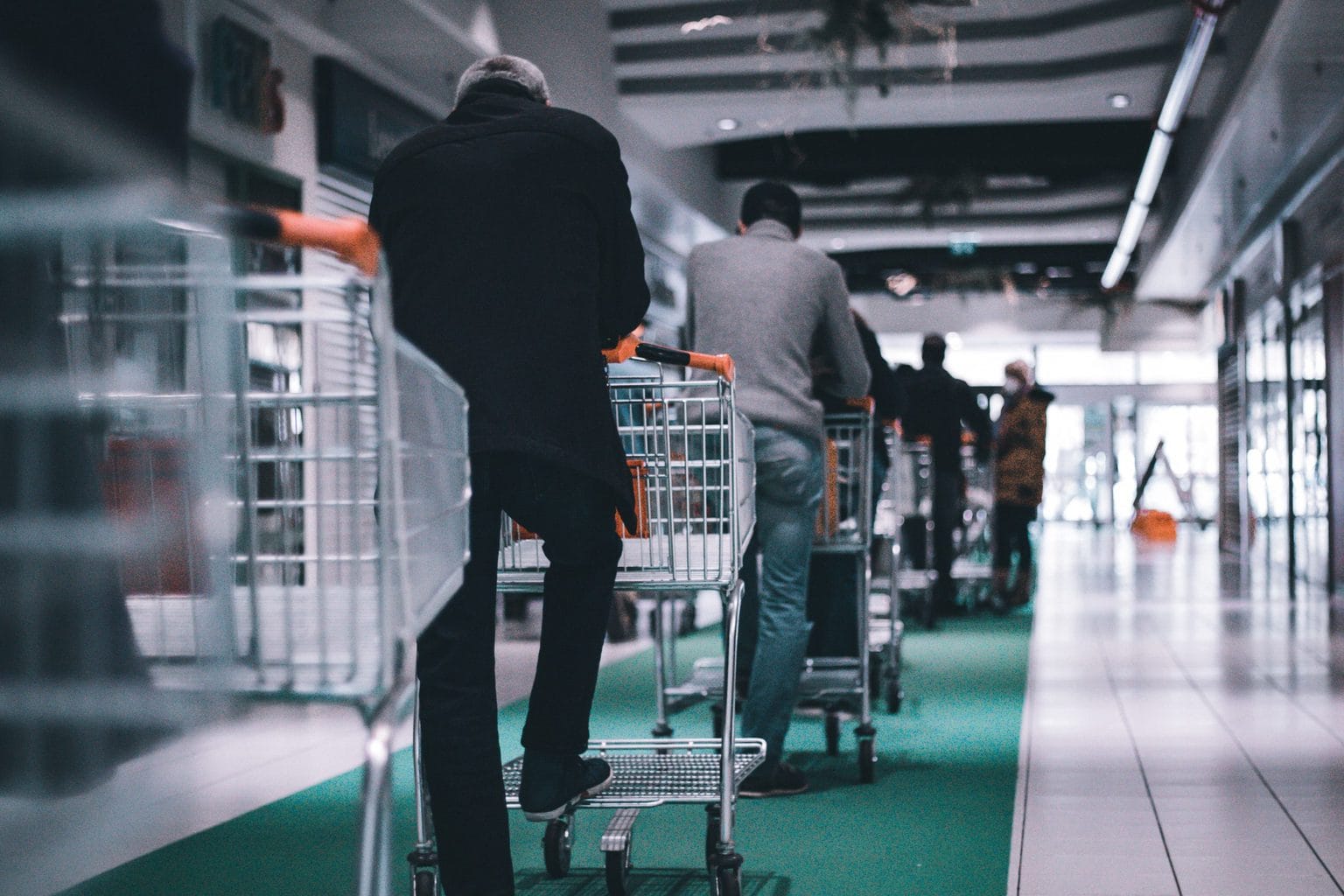
Shoppers stocked up to ensure their family was taken care of during the pandemic.
Online becomes the main channel
As we saw earlier in the year, Australian shoppers have been changing the way they shop and adjusting to online shopping.
Prior to COVID-19 being declared a pandemic, almost three-quarters (72 per cent) of Australian’s used physical stores as their main channel for non-grocery retail purchases and only around a quarter (28 per cent) used online (23 per cent selected home delivery and 5 per cent selected click and collect).
This changed significantly during the COVID-19 pandemic with over half (53 per cent) of shoppers using online as their main channel for non-grocery retail purchases (45 per cent selecting home delivery and 8 per cent selecting click and collect).
Although this change was seen across Australia, a higher proportion of Victorians switched to online as their main channel during COVID-19 (65 per cent) due to mandated lockdowns and restrictions.
But have Australian shoppers changed their preferences and behaviours for good?
As Australia passed the second wave of COVID-19 and physical stores re-opened across the country in time for Christmas, 61 per cent of shoppers expect to use physical stores as their main channel for non-grocery retail purchases in the future (down from 72 per cent prior to COVID-19).
Conversely, 39 per cent of Australian shoppers expect to use online as their main channel in the future (up from 28 per cent prior to COVID-19) and almost the same amount (38 per cent) say that online is now their preferred main channel.
COVID-19 has undeniably influenced this shift as shoppers reported that their retail experience at physical stores was worse than the previous year (37 per cent) due to the effects of COVID-19, as was product availability at physical stores (48 per cent).
And while delivery timings of online purchases were a pain-point in 2020, (38 per cent of shoppers reporting that delivery times were worse than the previous year), overall the retail experience of online shopping was viewed as being better than the previous year (25 per cent) and so too was customer service online (21 per cent).
We’re all in this together
There have been varying reports as to whether Australian’s agreed with the Government’s response to COVID-19.
However, in the context of retail, the vast majority of Australian shoppers felt that it was appropriate for state governments to enforce some retail businesses to close at times (77 per cent).
Shoppers also agreed that most retailers introduced appropriate safety measures (84 per cent), acted in the interests of their customers (77 per cent), and made it convenient for customers to shop with them (76 per cent).
Shoppers also played their part in the response to COVID-19 with over half of shoppers avoiding physical stores where possible (52 per cent), and a higher proportion in Victoria (58 per cent).
Many Australians’ jobs and household incomes have been impacted this year due to COVID-19.
While shoppers will continue to support the Australian retail industry and many expect to shop more for products that are locally produced (61 per cent), shoppers also expect to be more conservative with their spending (58 per cent) and will seek out sales or special deals (66 per cent) in the future.
Although we can’t know exactly what the next year will bring, this year has demonstrated the need for a seamless omnichannel between the physical store and online offering and improved technology integration into the retail experience. We can also expect some of the shopping behaviours that have changed this year to continue into the future.
